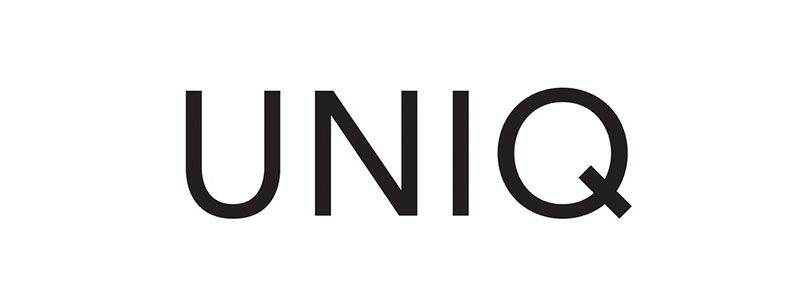Apple iPhone 16 Pro Max To Be Equipped With Ultra Telephoto Lens
Yes, this might be true. The Apple iPhone 16 Pro Max to be equipped with Ultra Telephoto Lens. The given information is sourced from the Weibo account called “Digital Chat Station,” which has a track record of sharing correct details about Apple’s future plans. Typically, cameras labeled as “super” or “ultra” telephoto have a focal length of over 300mm. This configuration greatly enhances the magnification. Additionally, allows the camera to capture distant subjects more effectively. For the iPhone 13 Pro and iPhone 14 Pro models. The telephoto camera possesses a focal length equivalent to 77mm.
However, if the iPhone 16 Pro Max were to feature a focal length surpassing 300mm. It would result in a substantial increase. Super telephoto cameras are commonly utilized in sports, wildlife photography and in other activities. Due to their ability to zoom in on faraway subjects. Additionally, they also create extremely soft backgrounds. Making them valuable for portrait photography as long as there is adequate distance between the subject and the photographer.
While these rumors are yet to be officially confirmed by Apple, the Ultra Telephoto Lens is highly anticipated among photography enthusiasts and professionals alike. The iPhone 16 Pro Max is expected to solidify Apple’s position as a leader in smartphone photography, pushing the boundaries of what users can achieve with their mobile devices. As Apple continues to prioritize camera advancements, it undoubtedly aims to further blur the line between professional cameras and smartphones. Furthermore, the eagerly awaited release of the iPhone 16 Pro Max promises to deliver an even more immersive photography experience. Lastly, empowering users to capture breathtaking moments with ease.
Stay Updated
Keep yourself updated with the latest tech trends, news, updates, and events from our tech news section only at Dab Lew Tech Pakistan.


















































